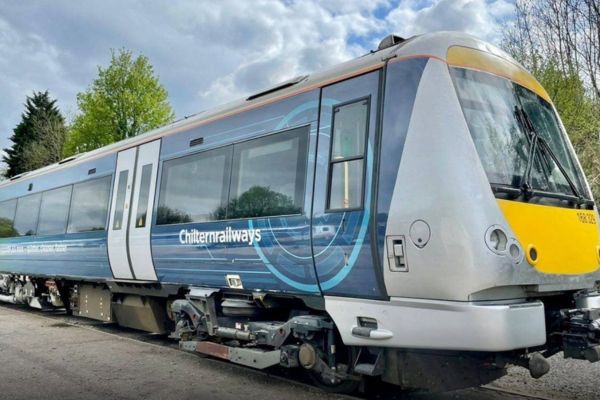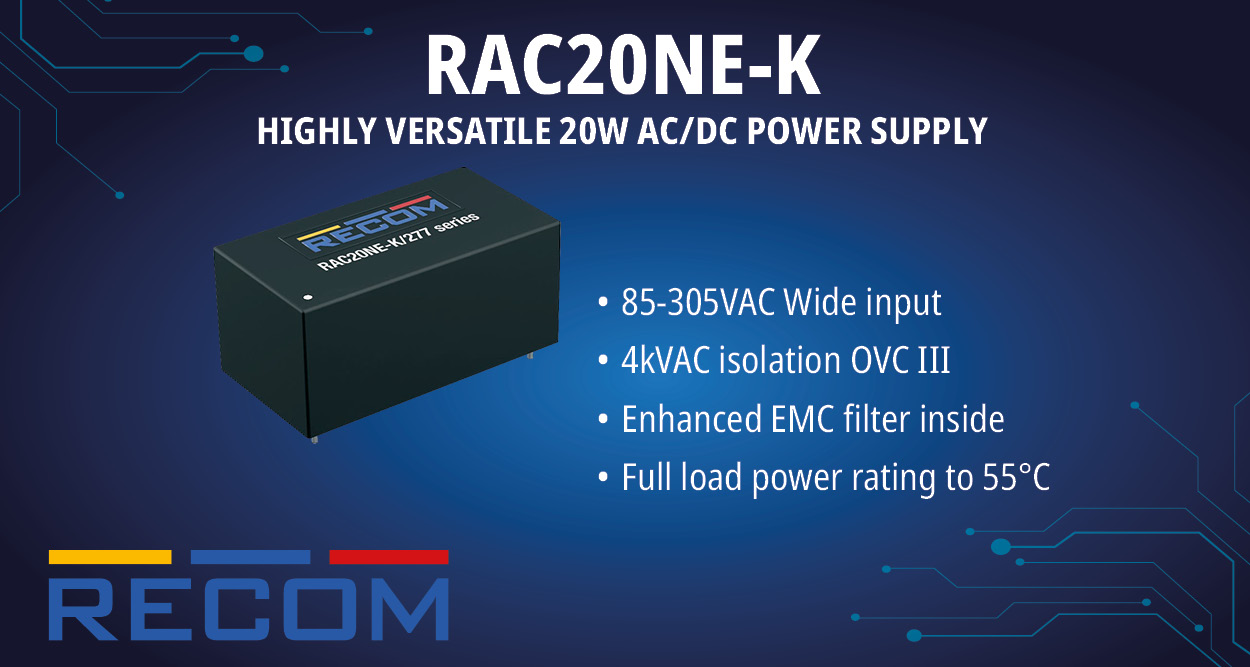The global hybrid train market size is anticipated to reach around USD 51.36 billion by 2034 and is expanding a CAGR of 8.90% from 2025 to 2034.
The hybrid train market is experiencing significant growth, driven by the rising global focus on sustainability within the transportation sector and advancements in hybrid train propulsion systems and energy storage technologies. Government policies and incentives supporting the adoption of eco-friendly rail solutions are further accelerating market expansion. Additionally, the integration of smart technologies like digital signaling and predictive maintenance is expected to boost market growth from 2025 to 2034. Technological progress plays a crucial role in the market’s expansion, with innovations such as regenerative braking, advanced energy storage systems, and more efficient power management enhancing hybrid train performance and efficiency. These improvements not only increase fuel efficiency but also extend the lifespan of train components, which is likely to encourage the adoption of more advanced hybrid train systems in the coming years.
Public-private partnerships are becoming a key feature of the hybrid train market. Governments are collaborating with private companies to share the financial burden and mitigate risks associated with hybrid train project development. These partnerships are pivotal in deploying advanced hybrid train technologies and infrastructure. For example, in February 2023, Utah State University and the ASPIRE Engineering Research Center, in collaboration with Swiss-based Stadler Rail, launched a project to develop and assess a battery-powered passenger train called FLIRT. The project aims to create a battery-powered two-car trainset that can operate on routes without continuous overhead electric infrastructure, facilitating emission-free travel over longer distances. Such initiatives are expected to contribute positively to market growth.
Moreover, both government and private sector investments in modernizing rail infrastructure—such as charging stations and electrified tracks—are boosting market prospects. These investments aim to create an efficient and seamless transportation network that supports hybrid and electric trains, thereby enhancing the market’s growth from 2025 to 2034.
Despite these advancements, hybrid trains face challenges, including higher initial investment costs compared to traditional diesel trains. The upfront expenses related to hybrid propulsion systems, advanced batteries, and energy-efficient technologies could deter some railway operators from investing in hybrid train fleets. Additionally, as electrification efforts continue globally, the economic and environmental benefits of fully electric trains may overshadow hybrid options, particularly in regions with established electrical infrastructure. This trend towards electrification could potentially reduce demand for hybrid trains in certain areas.
Report Highlights
- The Europe region has accounted for revenue share of 52.70%.
- The Asia-Pacific region has held revenue share of 21.40% in 2024.
- By propulsion type, the electro-diesel segment has held revenue share of 38.20% in 2024.
- By application, the passenger segment has held revenue share of 58% in 2024.
- By operating speed, the less than 100 km/h segment has held revenue share of 46% in 2024.
Latest investments in Hybrid Train Market
- Acquisition of Train Leasing Companies: In March 2025, JP Morgan’s Beacon Rail emerged as a leading contender to acquire Eversholt Rail Group, one of the UK’s prominent train leasing companies, for £4 billion. Eversholt owns thousands of train carriages and locomotives, generating substantial leasing revenues. This acquisition highlights the profitability and strategic importance of train leasing in modern rail infrastructure.
- Expansion of Bus and Energy Operations: Facing the UK’s rail renationalization, FirstGroup has diversified its investments. The company has expanded its bus operations, particularly in London, and invested in regional bus companies. Additionally, FirstGroup is venturing into the energy market, focusing on battery technology for its bus fleet, aiming to enhance sustainability and operational efficiency.
- Technological Innovations and Collaborations: In April 2019, East Japan Railway Company (JR East) announced a ¥4 billion investment in developing the FV-E991 series, a hydrogen fuel cell hybrid train. The project aims to conduct trials starting in 2021, with commercial application expected by 2024, marking a significant step towards zero-emission rail transport.
Propulsion Type Insights
In 2024, the electro-diesel segment led the hybrid train market, capturing 38.20% of global revenue. Electro-diesel propulsion systems allow trains to operate on either electricity or diesel, enabling continuous travel along partially electrified routes without the need to switch locomotives. This versatility has driven growth in this segment.
The battery-electric segment is expected to grow significantly from 2025 to 2034. The adoption of battery-electric hybrid trains is being driven by their benefits, including zero carbon emissions, energy efficiency, and cost-effectiveness. Furthermore, the availability of battery-electric train components helps reduce maintenance costs, encouraging increased investment in battery-electric train technologies.
Speed Insights
In 2024, the “above 200 km/h” speed segment dominated the market. Advances in hybrid technologies and train traction systems have significantly improved the operational speed capabilities of hybrid trains, with many now exceeding 200 km/h. The demand for high-speed hybrid trains is expected to grow, as they can reduce commute times and ease congestion on rail networks.
The 100-200 km/h segment is expected to experience substantial growth from 2025 to 2034. For example, in January 2023, CRRC Corporation Limited and Chengdu Rail Transit introduced China’s first hydrogen-powered passenger train. This train, which can reach speeds of up to 160 km/h and travel 373 miles, represents a significant step forward in hybrid train technology.
Application Insights
The passenger segment dominated the hybrid train market in 2024. Hybrid trains offer cost-effective and efficient solutions for passenger transport, with many cities investing in new rail infrastructure to reduce traffic congestion and improve transportation options. The growing demand for enhanced connectivity, comfort, safety, and reliability in urban areas is also driving the growth of this segment.
The freight segment is poised to experience significant growth from 2025 to 2034. As rail transport remains a critical mode of freight delivery, operators are increasingly turning to hybrid trains to reduce emissions and improve fuel efficiency. This focus on lowering pollutant emissions is driving the demand for hybrid trains in the freight sector.
Hybrid Train Market Regional Insights
North America is expected to see steady growth in the hybrid train market from 2025 to 2034. The adoption of hybrid trains in the U.S., Canada, and Mexico is on the rise. For instance, in April 2024, Canadian National Railway announced the acquisition of a hybrid diesel-battery electric locomotive from Progress Rail. This initiative, supported by a CAD 3.2 million (USD 2.3 million) grant from the Clean BC Go Electric program, is part of the company’s efforts to assess hybrid locomotive potential.
U.S. Hybrid Train Market Trends
The U.S. hybrid train market is set to grow at a significant CAGR from 2025 to 2034, driven by stricter emissions regulations and government incentives promoting sustainable transport. Moreover, advancements in battery technology are making hybrid trains a more viable and attractive solution for both passenger and freight transport.
Europe Hybrid Train Market Trends
Europe dominated the hybrid train market in 2023, accounting for 52.70% of global revenue. The region is home to major railway manufacturers such as Alstom, Siemens, and Hitachi Rail, which are significant contributors to market growth. Stringent environmental regulations and ambitious sustainability goals further drive demand for hybrid trains in Europe, as many governments offer financial incentives to support the transition to cleaner transportation.
Asia Pacific Hybrid Train Market Trends
The Asia Pacific region is projected to experience the highest CAGR from 2025 to 2034. Government initiatives aimed at reducing emissions and promoting eco-friendly transportation are key drivers of the market’s growth in this region. Countries like China, Japan, and India are making significant strides in urban rail transit development and adopting hybrid train technologies to align with global sustainability goals.
Get more details@ https://www.cervicornconsulting.com/sample/2506

















